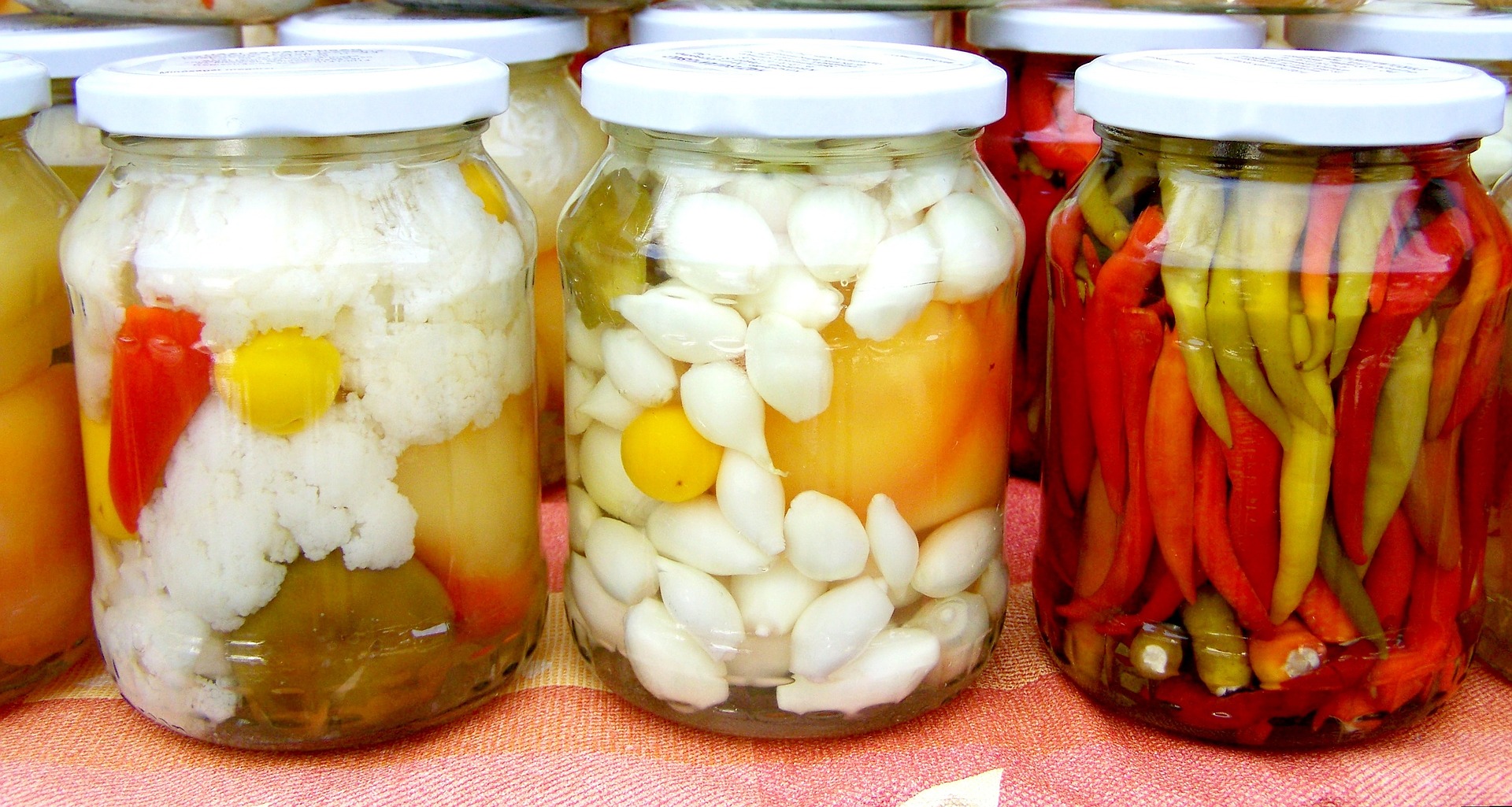If you love pickles, you will be intrigued to learn about the history of pickling and pickling spices.
The word “pickle” comes from a Dutch word pekel or northern German pókel, meaning “salt” or “brine,” two components that are essential in the pickling process. Pickling in America is largely synonymous with the act of submerging cucumbers (or other fruits or vegetables) into a salty brine or acidic solution along with various spices to create an environment where no unhealthy bacteria can survive and your vegetable is preserved.
Historically, the process of pickling was a necessity and an invaluable way to preserve foods for sailors and travelers. It provided families with food through the colder months.
The History of Pickling
- Archeologists and anthropologists believe that the ancient Mesopotamians pickled.
- Cucumbers originated in India over 4000 years ago and slowly made their way to the Middle East, Europe, and eventually North America.
- Cucumbers were brought to the New World on one of Christopher Columbus' voyages westward in his quest for the elusive spices of the East Indies.
- It is recorded that Napoleon was such a huge fan of pickles for his armies due to their health benefits that he offered a hefty prize to whomever could develop a way to safely preserve them. This eventually led to the process and discovery of pasteurization.
Pickles, Amerigo Vespucci, and the Naming of America
On Columbus' voyages of discovery, two men were responsible for the victuals, or food provisions, onboard. One of these men was a young Italian merchant named Amerigo Vespucci. It is believed that loading the ship with fruits, vegetables and meats of the pickled variety may have helped the sailors ward off the deadly scurvy.
This pickle merchant, Vespucci, later turned his sights upon exploration and discovery himself and obtained a position upon a voyage to the New World. After several conquests over a short period of time, Vespucci recalled to an Italian cartographer that the land Columbus believed to be part of the Indies was actually two separate land masses that were indeed not the Indies, as had been reported. A German cartographer, Martin Waldseemüller, proceeded to name these two land masses, North and South America, the feminized version of Amerigo, long after he had passed.

Pickling Around the World
In many countries around the world the act of pickling does not automatically refer to cucumbers. It can refer to any number of fruits, vegetables, fish, meats and even eggs.
- The English brought their method for creating sweet pickles with vinegar, sugar and spice upon their arrival to the New World.
- Eastern Europeans introduced various forms of lacto-fermented cabbage, known as sauerkraut.
- In the Middle East, every meal is served with some type of pickle, from peppers to olives or even lemons.
- Koreans make kimchi, which is napa cabbage with a fermented chili paste known as gochuchang made from the Korean pepper, Gochugaru.
- In Japan, it is common to pickle plums known as umeboshi.
- Italians are fond of a condiment called giardiniera which consists of pickled peppers, celery, cauliflower and carrots.
Around the world, nearly every country and cuisine has it's own beloved pickle based on what was local and available to them. I have a vivid memory of a large jar of pickled eggs with floating dill that was perched atop our refrigerator for most of my childhood that half the family adored and the other half detested.
Pickling Spices
What are Pickles without their respective spices? Bread and butter, sweet gherkin and kosher dills might all just be simply a brined cucumber if not for the various flavors and aromas added through select spicing. Spices add more than just distinct flavor, they create colorful diversity. Mustard seeds, bay leaf, cinnamon, coriander seeds, dill, black peppercorns, chili peppers, ginger and garlic are only a handful of the spices that are added to pickled condiments that lend heat or sweet, savory or umami to a particular recipe.
However you enjoy your pickle, perhaps it was Thomas Jefferson that summarized it best, "On a hot day in Virginia, I know nothing more comforting than a fine spiced pickle, brought up trout-like from the sparkling depths of the aromatic jar below the stairs of Aunt Sally's cellar."
Find out more about pickling.










